Genetic polymorphism manifested by intraspecific individual heterogeneity should be one of the important contents of biological diversity. As early as the 1940s, biologists realized that a species exists in the form of a population containing a large number of mutated individuals, and that a species often contains several different geographical populations or ecological populations, and there are genetic differences between these populations. There are varying degrees of consistency and difference. With the development of modern biological science and technology, the understanding of genetic diversity has become increasingly clear.
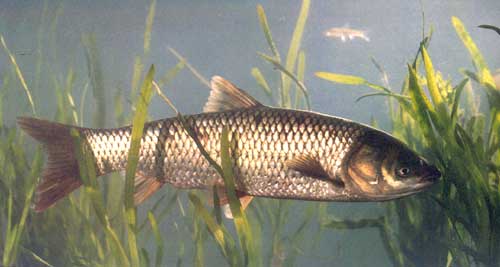
Chinese geneticist Professor Yu Xianjue and others once analyzed the karyotypes of 215 species of freshwater fish in my country and found that the range of chromosome number changes ranged from 2n=24 to 2n=264±, including 27 different chromosome numbers. The diversity of fish chromosomes is not only reflected in ploidy, but also in the polymorphism of the same species, that is, the same species has two or more chromosome numbers. For example, there are 4 chromosomes in the same subspecies of loach. Number; Chromosome number polymorphisms have also been found in various fish species such as horsemouth, broad-finned catfish, loach, Chinese loach, and moon snakehead.
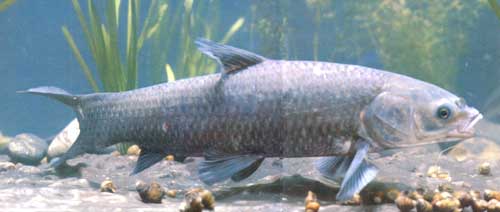
In studies at the molecular level, researchers have discovered silver carp, bighead carp, grass carp, etc. in the Yangtze River, Pearl River and Heilongjiang. There are obvious biochemical genetic differences between different water system populations of the same fish.
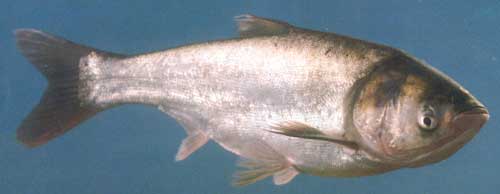
Silver carp and bighead carp are endemic to my country and are the main target of freshwater aquaculture in the world. Artificial breeding was successful in 1958, which got rid of the passive situation of relying on natural seedlings and promoted the development of the breeding industry. However, long-term inbreeding of bighead carp has led to a decline in the genetic quality of the offspring. For example, female silver carps from natural populations are sexually mature at age 3-4, with an average weight of 4.85 kg, and males are at age 3, with a weight of 3.81 kg. After 4-band inbreeding, the female fish of the fifth generation is an ordinary fish at age 2. At sexual maturity, the average weight is only 1.25 kilograms, a decrease of 74.2%, and even mature individuals of 0.3 kilograms are found; the male fish with an average weight of only 0.69 kilograms in the first age are almost generally mature. The first generation of bighead carp females reach sexual maturity at age 4-5, with an average weight of 17.1 kg, and males at age 3, with an average weight of 12.9 kg. By the fourth generation, females mature at age 3, with an average weight of only 4.5 kg, and 3 The male fish weighing about 1 kilogram are also sexually mature. The first generation female of grass carp can reach sexual maturity at 5-6 years old, with an average weight of 17.3 kg, and the male fish reaches sexual maturity at 4 years old, with an average weight of 7.1 kg. By the fourth generation, the age of sexual maturity has advanced by 2 years, and the weight dropped to 6.89 kg and 2.5 kg respectively. At the same time, the malformation rate of fifth-generation silver carp fry increased by 12.1 times, the incidence of fish diseases increased by 15%, and the survival rate decreased by 55.1%. The deformity rate of the fourth generation of bighead carp increased by 10.7 times, the incidence rate increased by 13.1%, and the survival rate decreased by 21%. The malformation rate of the fourth generation of grass carp increased by 5.26 times, the incidence rate increased by 16.2%, and the survival rate decreased by 26.5%. This phenomenon of reduced genetic quality due to reduced genetic polymorphism is not only common in the four artificially bred fish species across the country, but is also manifested in the artificially domesticated new breeding species Tuantou bream (Wuchang fish). The development of my country's freshwater fish farming industry has a great impact.
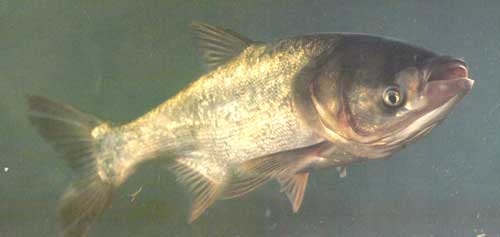
What is even more serious about Tuantou bream is that the natural population of silver carp and bighead carp in nature is constantly declining due to the isolation of rivers and lakes caused by the construction of water conservancy projects. Dongting Lake, the main source of broodstock, has shrunk extensively, causing the Yangtze River spawning grounds to rely mainly on Poyang Lake for broodstock, thus reducing the quantity and quality of natural fry. Some of the degraded offspring of artificial inbreeding return to natural spawning grounds due to floods or fish pond leaks, bringing degraded genetic factors into natural breeding populations, which will lead to the destruction of the natural gene pool.
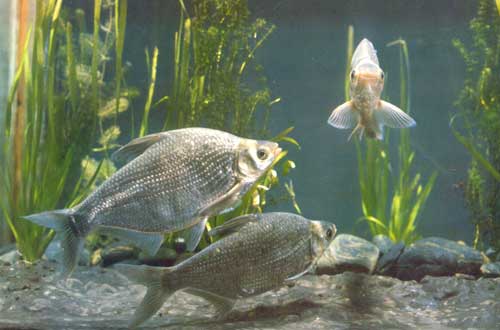
In recent years, the carp cultured species that have been hybridized between various strains using cell genetic engineering have shown hybrid vigor in the first generation, but in the second and third generations, they have experienced degradation that is worse than that of the parents. These hybrid carps are stocked in large water bodies or escape from ponds into rivers and lakes, which in turn leads to the destruction of the carp gene pool. In recent years, natural local populations of carp, including rare species such as the Yellow River carp, have gradually disappeared. Therefore, efforts should be made to reduce the damage to genetic polymorphism and changes to genetic laws in human production activities, in order to achieve the purpose of protecting natural germplasm resources.
animal tags:
We created this article in conjunction with AI technology, then made sure it was fact-checked and edited by a Animals Top editor.